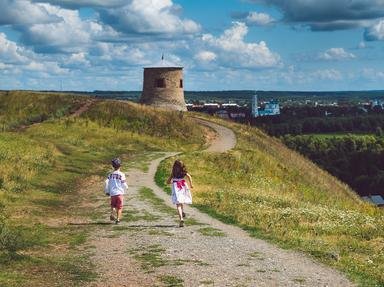Quiz Answer Key and Fun Facts
1. Undefeated in battle, Spread Greek culture, Founded new cities
2. Defended Wessex from the Vikings, Created the Danelaw, Constructed buhrs
3. Unified Indian subcontinent, Converted to Buddhism, Instituted social reforms
4. Reunited and reorganized parts of the Western Roman Empire, Encouraged learning
5. Legalized Christianity in Roman Empire, Introduced the solidus, Built new capital
6. Modernized Russian government, Reformed the army, Built a navy, Expanded the empire
7. Founder of the Persian Empire, Known for religious tolerance and kindness to those conquered
8. Crowned Holy Roman Emperor, Saved Christians at the Battle of Lechfeld, Patron of the arts
9. Expanded the Second Temple in Jerusalem and other buildings, Ordered Massacre of the Innocents
10. Enlarged Egyptian empire, Led military expeditions, Built Abu Simbel
Source: Author
ponycargirl
This quiz was reviewed by FunTrivia editor
NatalieW before going online.
Any errors found in FunTrivia content are routinely corrected through our feedback system.
